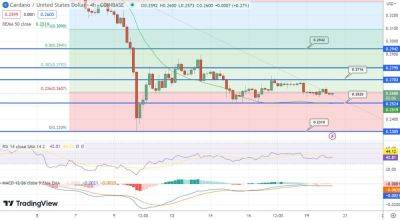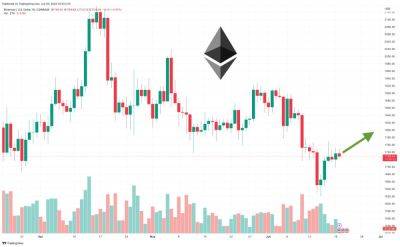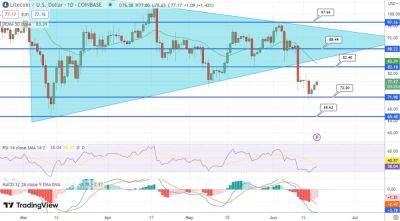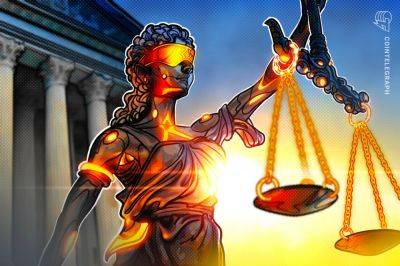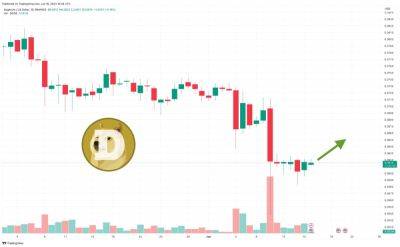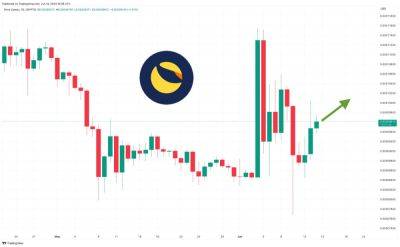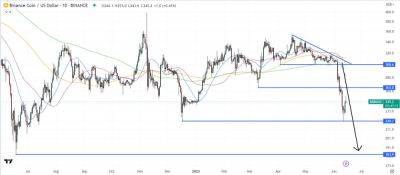History of computing: From Abacus to quantum computers
From the earliest mechanical devices to the most advanced quantum computers of the present, the history of computing is a fascinating trip spanning thousands of years.
Let’s explore the significant turning points in computing history, starting with the abacus and progressing through quantum computers.
The abacus, which dates back to 3,000 BCE, is frequently cited as the earliest known computer device. To accomplish fundamental arithmetic computations, a set of rods or wires with beads were pushed back and forth.
Several mechanical calculators, including Blaise Pascal’s Pascaline and Gottfried Leibniz’s stepped reckoner, were developed during this time. These devices used gears, wheels and other mechanical components to carry out calculations.
Charles Babbage invented the analytical engine, a mechanical computer that could execute a variety of calculations, in 1837. It was never constructed during Babbage’s lifetime, but because it used punched cards for input and output, it is regarded as a forerunner to current computers.
Herman Hollerith invented tabulating machines in the late 19th and early 20th centuries, which processed and analyzed data using punched cards. These devices were crucial to the advancement of modern computers and were employed for tasks like tabulating census data.
Vacuum tube computers, including the Atanasoff-Berry Computer (ABC) and the Electronic Numerical Integrator and Computer (ENIAC), signaled the transition from mechanical to electronic computing in the 1930s and 40s. Vacuum tubes made it possible for faster calculations and more advanced functionality.
John Bardeen, Walter Brattain and William Shockley’s 1947 creation of the transistor at Bell Laboratories revolutionized computers. Smaller,
Read more on cointelegraph.com






